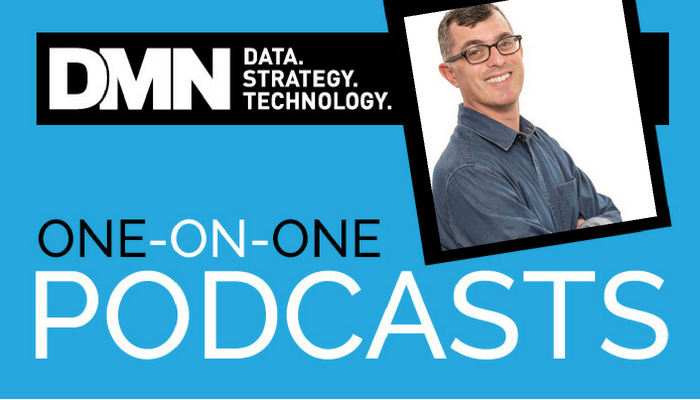Broadcast radio of days past (and the way we advertise on it) has evolved with the digital era. What challenges do modern advertisers face, and what possibilities exist?
In this podcast, we sit down with Rich Knopke, CRO of programmatic radio advertising company, Jelli, to explore the past, present, and future, of one of the oldest mass communication mediums out there.
Check out some highlights from the interview below, or click on the media player to access the full interview.
Want more great insights? Don’t forget to subscribe to DMN Podcasts on SoundCloud or iTunes!
DMN: How did the traditional broadcast radio advertising really start out, and what was that ‘traditional’ mindset — the “old-school” way?
Knopke: It’s a 100-year-old medium that really hasn’t had much change in 100 years. We’ve seen digital come into play, and TV over the last 60 years or so, but radio is just really stayed the same. It’s had a lot of regular 30-second ads and 60-second spots, and maybe just some voiceovers. And you’ve had the Ryan Seacrests of the world sort of do their little ad insertions within the programming.
But outside of that there really hasn’t been much change. And even from our perspective, from the buying perspective — from planning, buying and reporting, there hasn’t been any change in 20 or 30 years.
DMN: With digital [streaming] there are so many more types of content to get into…you can get very niche about it. How do advertisers and marketers approach it from that level?
Knopke: AM/FM radio, still reaches 93 percent of us across the country, right? That’s huge scale and reach. That’s 180 billion minutes worth of audio, AM/FM, being listened to a week. You’ve got streaming that’s at 13 billion minutes a week.
There’s just not that sort of fragmentation that you’re seeing with within TV… The mass scale and reach that you have within a concentrated number of broadcasters is really tremendous.
What you’re starting to see now — more of — that “one-to-many.” And what marketers want to do is have more of a one-to-one sort of approach. And you’re starting to see that.









